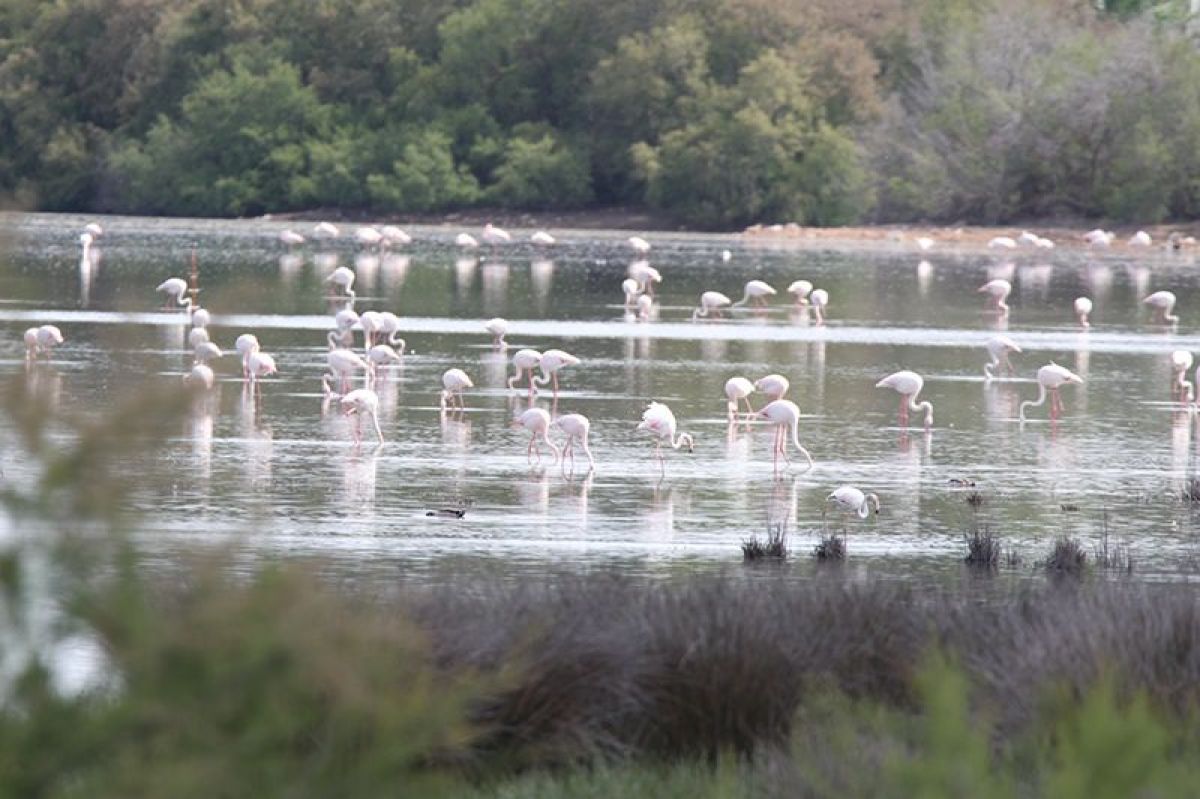Conocida también por el nombre de La Inesperada, la laguna está situada al nordeste del casco urbano de Pozuelo de Calatrava y forma parte del complejo humedal de la comarca.
En el año 1988 fue declarada Refugio de Caza; un año después, se declaró Z.E.P.A. o Zona de Especial Protección de Aves; finalmente, en el año 1993 se declaró Refugio de Fauna y se incluyó en la lista del Convenio Ramsar de Humedales de Importancia Internacional. La UNESCO la integró en la Reserva de la Biosfera de «La Mancha Húmeda», motivo por el que en 2004 se acabó declarando Reserva Natural.
El nivel del agua de la laguna varía según la cantidad de precipitaciones del año, de forma que en periodo estival (en verano) la laguna se seca. Eso no le quita atractivo visual, porque la evaporación o filtración del agua, que es de tipo salino, deja un manto de sal blanquecino que cubre todo el lecho de la laguna, dando un aspecto muy característico a la zona.
La fauna de La Inesperada incluye anfibios, invertebrados y sobre todo aves acuáticas: la Laguna del Prado alberga 300 parejas de avoceta europea o avoceta común, entre 70 y 200 de cigüeñuela común, alrededor de 70 de chorlitejo patinegro y hasta 300 parejas reproductoras de gaviota reidora. Otras especies destacables que también reposan en sus aguas son el ánade azulón, la cerceta común, la cuchara común, la focha común, el avefría europea o la gaviota sombría.
Aunque las aves son las más abundantes y las primeras especies que se ven, hay que tener en cuenta la importancia de los microorganismos que recorren sus aguas salinas, que aguantando bajas concentraciones de oxígeno sobreviven a las condiciones de la laguna: destacan los tapetes microbianos, organismos extremófilos que enlazan con el origen de la vida. En cuanto a la vida vegetal, debido a las fluctuaciones en sus niveles de agua y en su salinidad deben adaptarse y solo pueden sobrevivir las plantas de tamaño pequeño, rápido crecimiento y corta vida, aquellas que generan múltiples semillas de fácil transporte.
Recientemente el Ayuntamiento de Pozuelo creó un Centro de Interpretación para conocer, en ciertos momentos del año, los pormenores de la fauna, flora y paisaje de La Inesperada. También hay observatorios de la laguna en un pinar en la orilla norte de la laguna y en una zona abrigada y camuflada en la orilla sudeste.






















